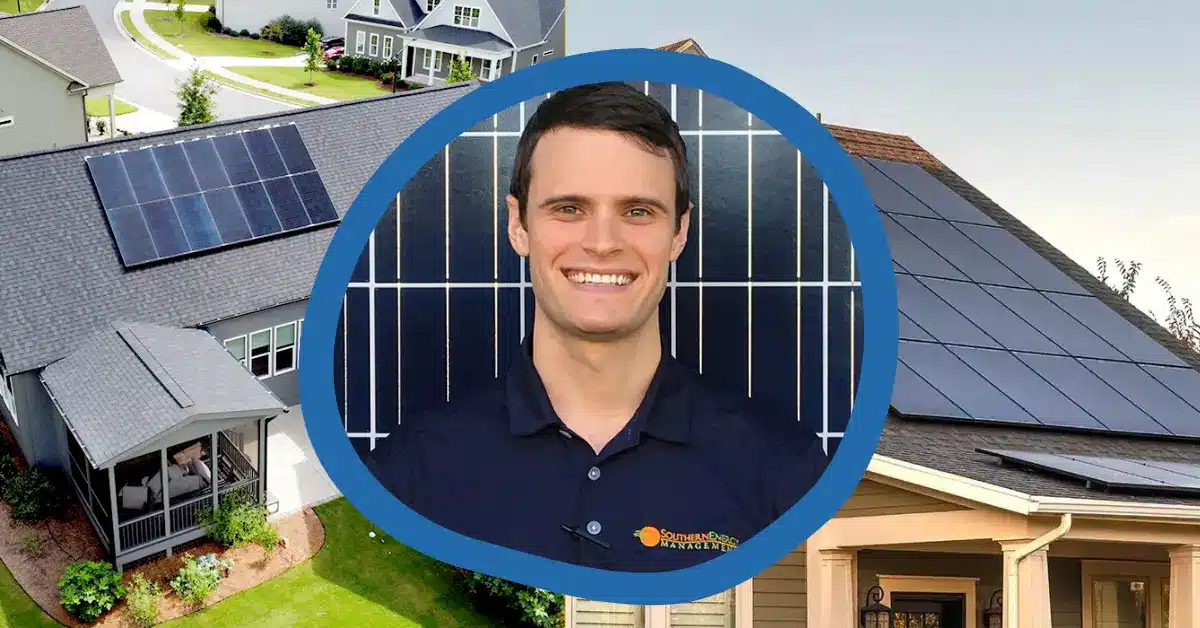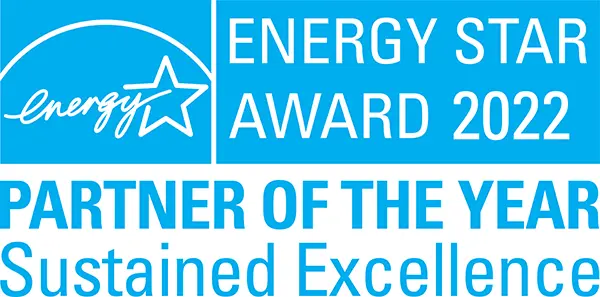- Rachel Della Valle
- June 11, 2020
- 5 Minute Read
The 2020 edition of the National Green Building Standard (NGBS) has arrived! With the new standard comes many updates and improvements which we’ve compiled for the full NGBS program in our recent post, 2020 NGBS Changes & What You Need to Know. This article will focus specifically on the modifications made to Chapter 7: Energy Efficiency in the new 2020 version of the NGBS.
NGBS Chapter 7: Energy Efficiency Deep Dive
Overall Chapter 7 is offering more flexibility including an Alternative Gold pathway. If you’re using ENERGY STAR, your project can achieve Bronze or Silver Certification depending on which version of the program you’re using.
On-Site Renewable Energy Generation
The Performance pathway, which requires energy modeling, now specifically includes on-site renewable energy generation into the cost savings calculation. This was not part of the 2015 program. If you have questions about solar and feasibility of it in your multifamily development we’re here to help.
Prescriptive Path Updates
The Prescriptive Path now allows ELR as an alternative metric to ACH in calculating building envelope leakage. This is a more accurate metric for dwelling units and smaller homes. Points were redacted for 15 SEER A/C or heat pumps in climate zones 1, 2, 3. The water heater credit was finally updated to the correct efficiency rating, UEF from EF. The Design Lights Consortium was added as an equivalent to Energy Star lighting and changed minimum efficiency for qualifying exterior lights to 64 lumens per watt to match Energy Star for lamps V2.0.
New ERI Target Pathway
The ERI Target Pathway has replaced the HERS pathway and it can now be used to achieve the Emerald certification level. The ERI is similar to a HERS Index in that it is an energy model which shows projected energy use of a home or dwelling unit and can be utilized for energy code compliance depending on the jurisdiction. The ERI Target Path references the National ERI Target Procedure Energy Star Certified Homes Version 3 Rev 09. Homes/dwelling units are now required to be uploaded to a rating certification body registry. This contributes to greater accuracy, transparency, and quality assurance in the energy model.
Alternative Bronze / Silver Pathway
The Alternative Bronze/Silver Path allows any building that qualifies as an ENERGY STAR Version 3.0 Certified Home, or ENERGY STAR Multifamily High Rise Version 1.0 Rev. 03 building, or demonstrates compliance with the 2018 IECC or IRC Chapter 11 to achieve the Bronze level for Chapter 7. Any building that qualifies as an ENERGY STAR Version 3.1 Certified Home or ENERGY STAR Multifamily High Rise Version 1.0 Rev. 03 (with the baseline at ASHRAE 90.1-2010) achieves the Silver level for Chapter 7. As an alternative in the Tropical Climate Zone, any building that meets all the requirements in ICC IECC Section R401.2.1 (Tropical Zone) achieves the Silver level for Chapter 7. This alternative option is great for projects that are going for ENERGY STAR certification or that are on the 2018 IECC energy code and want to get certified at the Bronze level.
New Innovative Practices
There are six new innovative practices in Section 706 that give credit for REC’s, solar ready and on-site renewables, grid interactive storage systems, multifamily buildings benchmarking and/or utilizing Portfolio Manager, and multifamily buildings utilizing vestibules or revolving doors.
Performance Testing Requirements
The performance testing requirements have not changed significantly since the 2015 edition but they are worth discussing especially if you’re more familiar with the 2012 edition. If the building envelope leakage is tested and verified to be less than 5.0 ACH, mechanical fresh air ventilation is required. If you’re testing, this is something to plan for from the beginning. Generally, sampling is allowed for multifamily buildings. Similarly, building envelope testing is typically mandatory for homes and multifamily buildings 3-stories or less, but testing is not required for multifamily buildings 4-stories or more.
Normally, duct leakage testing is mandatory for the Prescriptive Path for homes and multifamily buildings 3-stories or less, but testing is not required for the Performance Path. Testing is also not required for multifamily buildings 4-stories or more. Building envelope leakage testing is required for renovation projects that alter the building envelope. Duct leakage testing is required if the duct work/hvac system is replaced.
Here to help!
Do you have questions about the 2020 NGBS changes and how these updates could impact your project? We have answers and a team of NGBS pros ready to help! Reach out to let us know how we can support you.
Ready to get started?
We’re happy to help find the program that’s right for you!
About Us
North Carolina’s solar power and building performance expert. Founded in 2001, we’ve worked for 20+ years to improve the way people make and use energy.
© 2023 Southern Energy Management, Inc.














